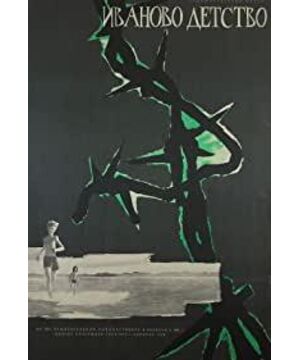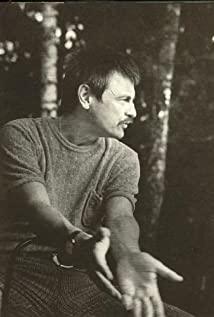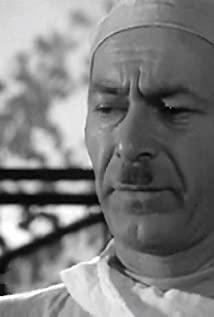"Ivan's Childhood" is the work of Andrei Tarkovsky, one of the three saints of art films. At first seeing the name of the film, it was hard to think that it was a film about war. It is most different from other war films in that the film selects a child's perspective to narrate, and the protagonist Ivan is not a simple war victim, but a participant in the war, which is the most brilliant idea of the film one of the points.
The artisticization of Andrei Tarkovsky's works can be mainly reflected in his audio-visual language and thematic expression. First of all, in the performance of audio-visual techniques, the most impressive part of "Ivan's Childhood" lies in the transformation of reality and dream, such as the hanging hands dripping with water, and then using the motion camera, with the help of the movement of water, the movement of the water is very natural. In the dream, Ivan and his mother looked at the water in the well. This smooth transition technique largely eliminates the abruptness of the connection between two different narratives in time and space, making the dream and reality more closely connected, and at the same time conveying the mood changes and emotional expression of the protagonist Ivan.
Secondly, in terms of theme expression, the director in the film used Ivan's mouth to say that "no one is qualified to rest in the war years". This reflection on brutal war has become the place to express the anti-war theme. Childhood should be a carefree experience of the beauty of the world, but Ivan's childhood running happily with his brothers and sisters on the beach can only exist in a dream of nothingness.
View more about Ivan's Childhood reviews









